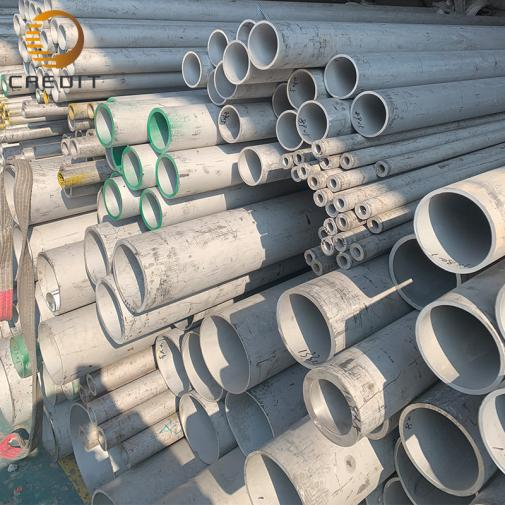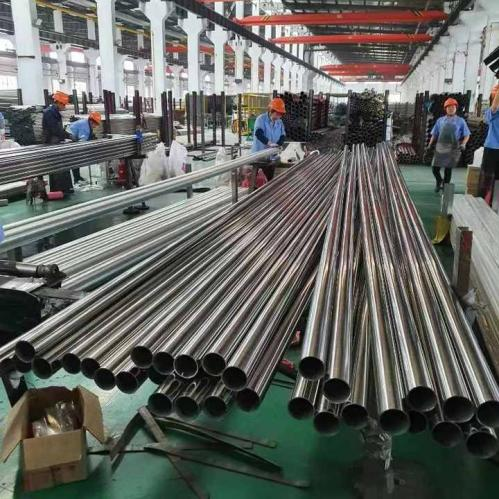Stainless steel pipes are metallic tubes made from stainless steel materials, formed through cold or hot rolling processes. They possess excellent corrosion resistance, high strength, strong compressive capability, and a smooth appearance. These features make them widely applicable in multiple application fields, including construction, petrochemicals, pharmaceuticals, food processing, water treatment, and marine engineering.
Common specifications of stainless steel tubes include outer diameters ranging from 6mm to 630mm, wall thicknesses from 0.5mm to 30mm, and standard lengths of typically 6 meters. Based on the manufacturing process, they are classified into seamless and welded types. Common material grades include 304, 304L, 316, 316L, and 321. Among these, 304 stainless steel pipe is the most widely used due to its excellent mechanical properties and corrosion resistance.

The main advantages of stainless pipes lie in their high-temperature resistance, corrosion resistance, easy cleaning, re-usability, and environmentally friendly appearance. Compared to ordinary carbon steel pipes, stainless steel pipes offer a longer service life and lower maintenance costs, aligning with the current trend of green and sustainable development.
With the advancement of industrial automation and high-end manufacturing, the demand for high-performance materials continues to grow, driving the ongoing upgrade of the stainless steel pipe industry. Stainless steel pipes are now increasingly used in emerging sectors such as new energy, medical equipment, high-end construction, and rail transit, with market demand showing steady growth. Especially under the backdrop of clean energy and intelligent manufacturing, stainless steel pipes are gradually evolving towards thinner walls, customization, and high precision, indicating a promising development outlook.

To ensure product quality, steel stainless pipes must undergo rigorous quality inspection processes before leaving the factory. These include chemical composition analysis, mechanical performance tests (such as tensile, flattening, and hardness tests), dimensional accuracy inspection, surface quality examination, and non-destructive testing (such as eddy current and ultrasonic testing), to ensure every pipe meets international standards and customer requirements.
In conclusion, as a high-performance material, stainless steel pipe plays an irreplaceable role in global industry. With its expanding application fields and reliable assurance provided by strict quality inspection, it is expected to maintain strong growth momentum in the future.
